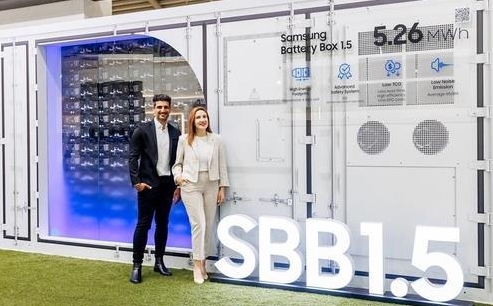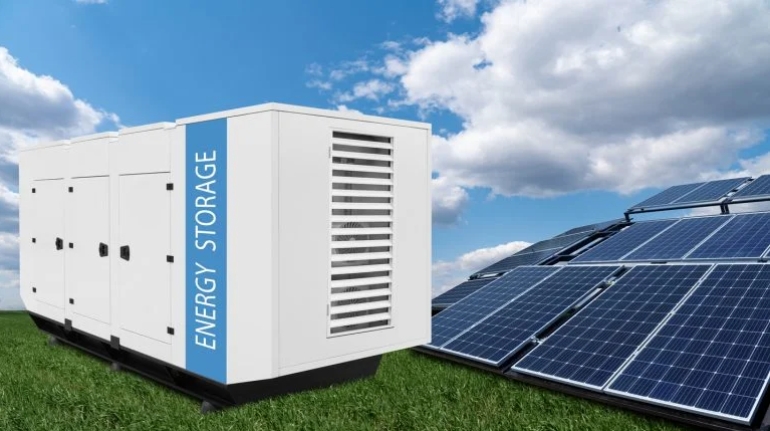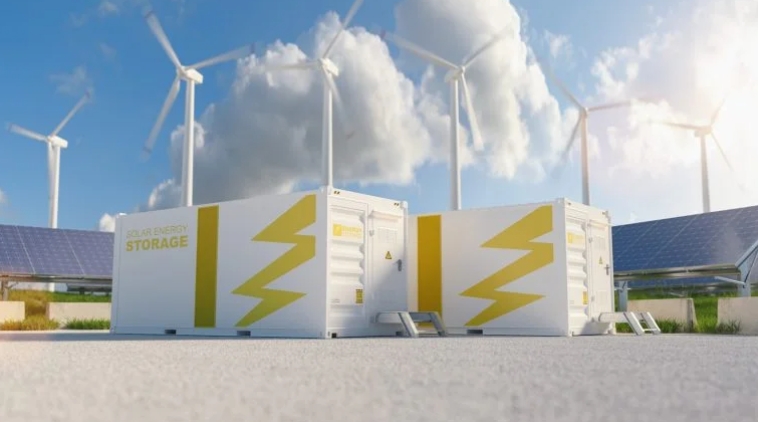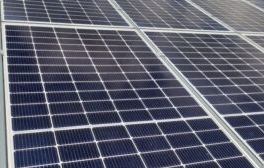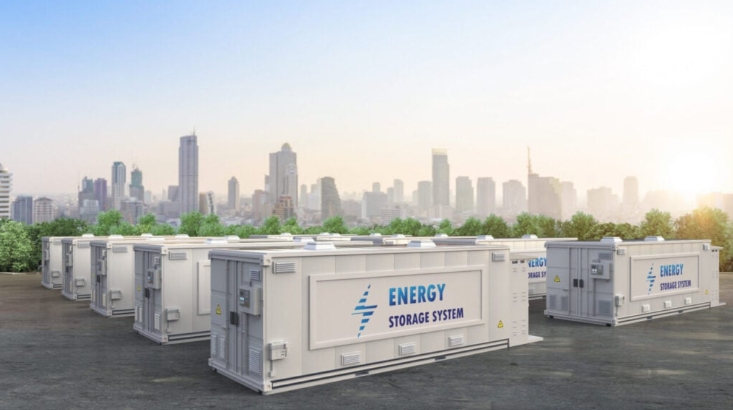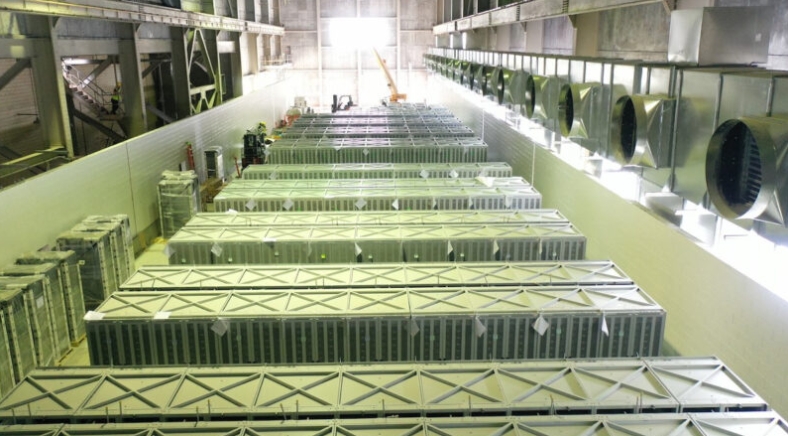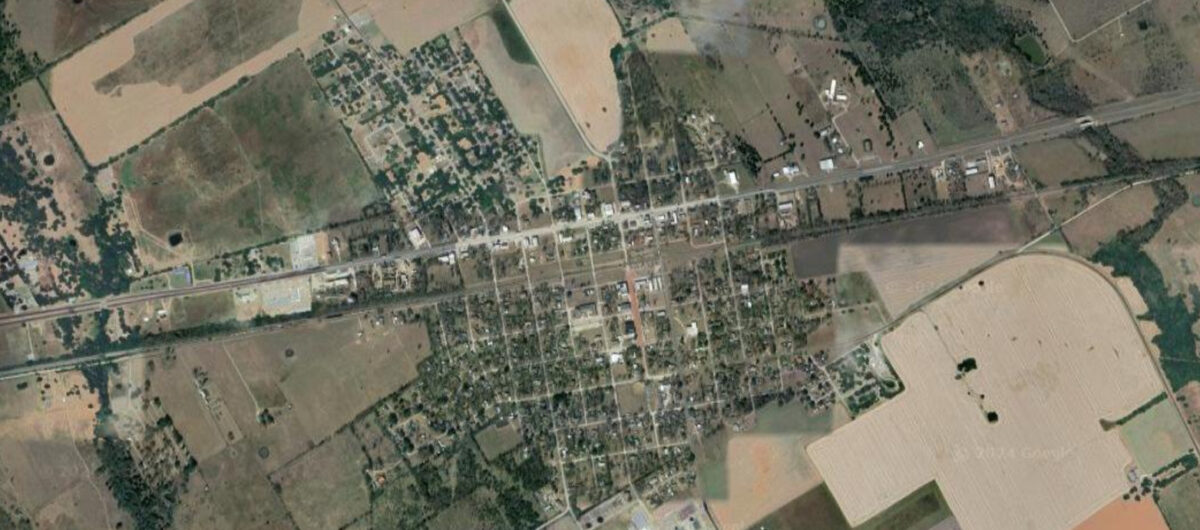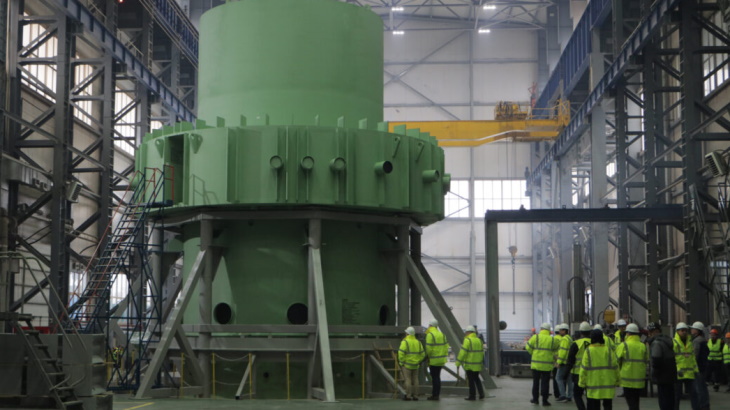
The core catcher is a key bit of safety equipment - it is a container in the form of a cone made of thermally resistant steel which in the unlikely event of an emergency will securely hold the melt of the core and not allow radioactive substances to leave the containment of the reactor.
Hungary's Foreign Minister Peter Szijjártó commented: "Typically, an international project involves international transport and this wasn't an exception. The transport was organised by an Austrian company, and the core-catcher trap arrived in Paks on a Slovakian ship.
"Our specialists are now taking over the core-catcher, and the construction itself is in full swing so that the new units of the Paks nuclear power plant can be operational from the beginning of the next decade, hence improving the security of Hungary's energy supply and helping us to preserve the achievements of the overhead reduction in the long run."
"It is deeply symbolic that the first large-sized equipment that arrived at the Paks II NPP construction site is an element of the plant's safety systems," added Vitaly Polyanin, Vice President of ASE JSC and Director of the Paks NPP Construction Project. "The reliability and safety of the new Hungarian NPP is thus laid down long before its operation begins. We are making every effort to be able to start building the power units and subsequently installing the molten core catcher - an important element of the passive safety of the new Hungarian NPP - at the end of this year or the beginning of next year."
Preparatory works for the construction of Paks unit 5, for which the core catcher is intended, are being performed according to the schedule, Rosatom noted. Currently, soil stabilisation is nearing completion, preparation for ground extraction from the pit to the design elevation of 23 metres is underway, which is a pre-condition for beginning the preparation of the foundation slab and subsequent large-scale works for construction of the new power facility.
The Paks II project was launched in early 2014 by an intergovernmental agreement between Hungary and Russia for two VVER-1200 reactors to be supplied by Rosatom, with the contract supported by a Russian state loan to finance the majority of the project. The construction licence application was submitted in July 2020 to build Paks II alongside the existing Paks plant, 100 kilometres southwest of Budapest on the banks of the Danube River. The construction licence was issued in August 2022 and a construction timetable agreed last year which set out plans to connect the new units to the grid at the beginning of the 2030s.
The manufacture of the core catcher for unit 5 of the Paks plant was completed in Volgodonsk, Russia, earlier this year.
The device - with a maximum diameter of 11 metres, a height of more than 15 metres and a weight of more than 730 tonnes - was transported by water in a journey that covered a total of 3200 kilometres and took 48 days to complete.
